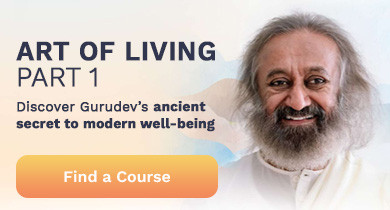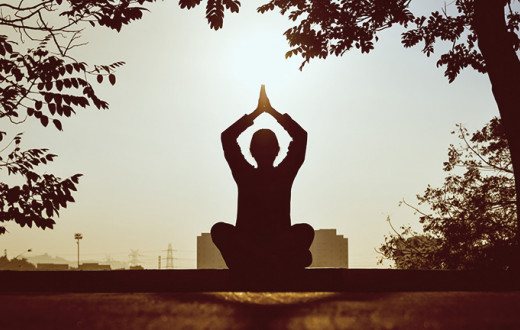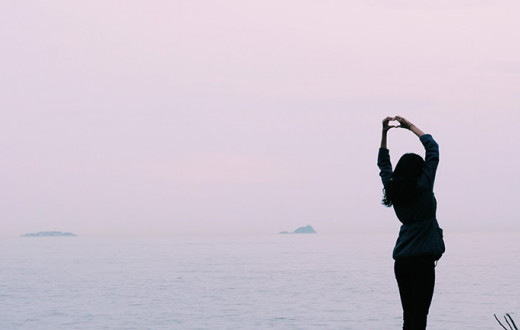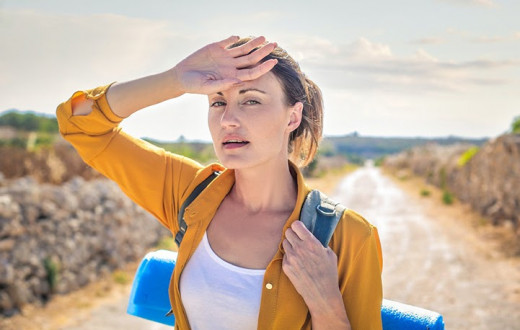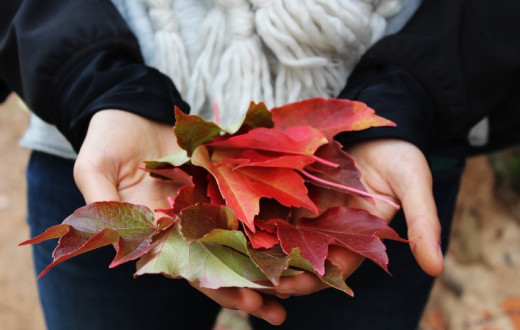By Anuradha Gupta | Posted: July 08, 2020
Wearing face masks in public has now become the new normal for most populated cities while we navigate the novel coronavirus pandemic. As many states have opened up the economy, even in a phased manner, we have seen a spike in the number of Covid-19 cases. How can we stay safe and exercise caution as we start going back to work or school, and meet people especially in settings where social distancing (6 feet) is not possible? After mixed messages, on April 3rd, CDC recommended that all Americans wear a basic cloth or fabric mask in public to prevent community transmissions (not medical grade masks which are reserved for healthcare workers and continue to be in scarce supply). Here are the CDC Guidelines in detail about wearing, washing and making face masks. Dr. Jerome Adams, US Surgeon General explains in this video, how to make your own face covering. Here also is a John Hopkins Article on face masks protection FAQ with a video illustrating how to wear a mask.
Service for healthcare workers: As the pandemic started, scarcity of Personal Protective Equipment (PPE) for Frontline Healthcare Heroes was a big challenge and many states scrambled to flatten the curve; New York was particularly hard hit, Art of Living Foundation donated much needed PPE kits to hospitals and nursing homes across New York received a citation from US Congressman Tom Suozzi. People and non profits across the nation and world donated and sewed masks; homemade masks were allowed for use by medical workers as a last resort in working with Covid19 patients.
If you do decide to wear a mask, here are some useful guidelines:
This pandemic is still a very fluid situation and as of this writing, coronavirus cases are on the rise. Many states now require the wearing of masks in public, others like have issued a guidance to wear them in “high risk settings”; some have made them mandatory for workers and yet others have made them mandatory in settings like retail stores and public transportation (and then there are city and county wise orders!!!). It is not only confusing whether wearing a face covering is required, one might wonder if it can help slow the transmission of coronavirus? Scientists and medical professionals agree that when we wear a mask, we are being considerate of others by limiting the airborne transmission of coronavirus and not infecting others if we are unknowingly ill or asymptomatic. A recent study published in the Proceedings of the Royal Society A, a scientific journal, suggests that a homemade mask can dramatically reduce the spread of COVID-19 if enough people wear them in public settings.
Dr. Nisha Manikantan, an Ayurvedic Expert and Chief Consultant for the Cancer and Diabetes Care Program at the Sri Sri College of Ayurvedic Science and Research in Bangalore, India, in a Wellness Tattva Series, talked about different kinds of masks.
“Hand hygiene and keeping our immunity strong are vital. What about masks? Most of us are wearing masks to go outside since we are not homebound any more. People want to know what kind of masks to use and what is their benefit?
There are different masks in the market. They are meant for our protection and for the protection of other people. When we are in the vicinity of people who may be asymptomatic, they may carry the Covid19 virus without knowing it; masks protect us from falling sick. Their respiratory droplets and cough will not affect us if they are wearing a mask. Similarly, if we are infected and asymptomatic we don’t spread Covid19 to others by wearing masks. (The virus can also spread, to a lesser extent most likely, from surfaces and that is a different discussion on safety guidelines).
These are the different types of masks:
1. Surgical or procedural masks - Doctors and health care workers use them to protect patients. However, there is a gap between the face and the mask so they are not as safe to protect us, though they can prevent larger airborne particles. There is a likelihood of leakage of smaller particles, through gaps and sides. Studies have shown surgical masks significantly reduce airborne viruses coming from sick people and may prevent them from making others sick with seasonal viruses, including coronavirus.
2. The n95 respirator or mask which is PPE (Personal Protective Equipment), are scarce and meant for medical front line workers. It is likely that their availability will increase and that in time, even in the US (as in many countries like India) we will have a greater supply of the n95 mask. They go over the nose bridge, mouth and under the chin covering the mouth very well. The strap is tight and goes over the ears. The n95 mask or respirator filters 95 % of micro-organisms that are as small as 0.3 micron, by comparison 1 hair strand is 75 micron! They give the best protection, cover the face, are tight fitting and are tested for reliability. Most have 6 layers of protection and they filter out dust, viruses, mold, pollen, smoke etc. The n95 mask is a single use mask. In India, there was a scarcity of these masks initially but now a lot of companies are manufacturing them as reusable cloth masks and they are the best bet if available. Our priority in the US is that our medical front line workers should have these masks, when and only when an n95 mask is readily available, in settings where we can’t socially distance, it would be better to wear these.
3. Cloth face mask - Currently, these are the masks recommended for use in the US. In India, when we travel or are not coming in the close vicinity of people, we can use simple fabric masks that cover our nose, mouth and go under the chin with straps tied around the ear tightly. These masks are reusable, can be made at home and many manufacturers are also making and selling them.
Precautions to take while wearing a mask: Wash your hands thoroughly before wearing a mask, use a sanitizer, and check for damage. Make sure you know which is the outer part and which is the inside of the mask and which comes on top of the nose bridge. Then hold the mask at the strap (ear loop), wear it carefully, hold it from the strap, make it tight fitting and ensure it covers your face. Many people have a mask dangling, covering their throat. The mask is not meant to be a throat mask!!! Don’t touch the outer part of the mask with your hands. If you need access to your mouth to maybe eat, don’t pull the mask up or down. Wash your hands well and remove it, pull the mask from back to front from the straps without touching the front portion. Also, don’t be tempted to pull the mask off to talk.
Reusing Masks: A cloth mask (including the reusable n95 cloth mask) needs to be washed in warm water and dried thoroughly before reusing them. Dispose of them if they are damaged or after using them 30-40 times. If you wear a mask for a long duration, maybe 5-6 hours, your breath may make the mask damp. You can take it off carefully as advised, put it in the sunlight to dry and wear it again. If it is a long wear mask and you’ve come in the vicinity of other people, you definitely need to re-wash it and wear another mask instead.
Babies (under 2) and those with a disability or medical condition, don’t need to wear a mask. Under some circumstances like getting dental work, masks are not needed. People with facial hair will have to be careful to ensure that the mask is worn safely.
Not following guidelines has tragic consequences of people falling sick and some dying. Why are masks becoming a controversy? In Dr. Sanjay Gupta’s podcast (full transcript here) Dr. Zeke Emanuel asserts, “A cloth mask is not as good as a surgical mask, not as good as an n95 mask, but it’s still good...what is the downside?” What inconvenience can’t we weather to save lives? While keeping social distancing wherever possible is a priority, it is not practical as the economy opens up. Stay well, keep yourself and others safe, continue to focus on self-care and handle any feelings of being overwhelmed with tools like meditation. Here is the link to a free Breath and Meditation workshop you could attend!
Anuradha Gupta is an Engineer, MBA, writer and Ayurvedic Wellness Practitioner. She has a corporate background and volunteers for Art of Living and other nonprofits. You can find her on Facebook or LinkedIn.
